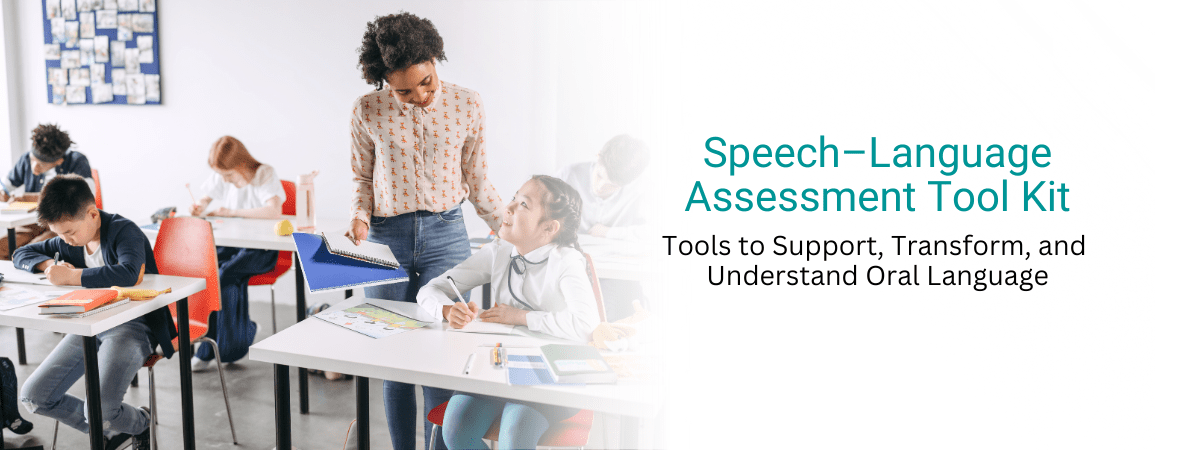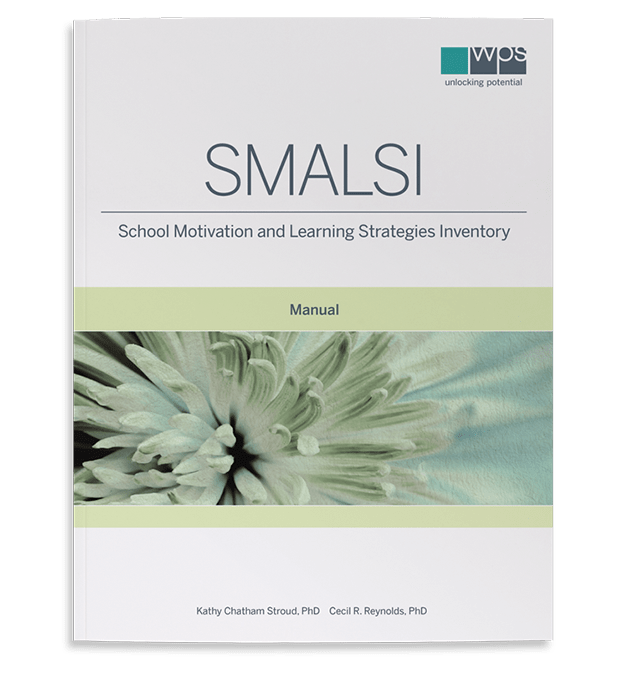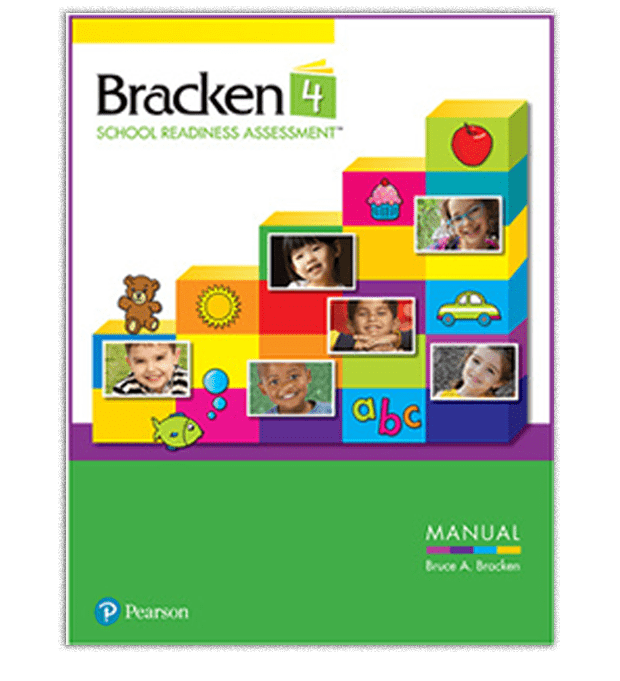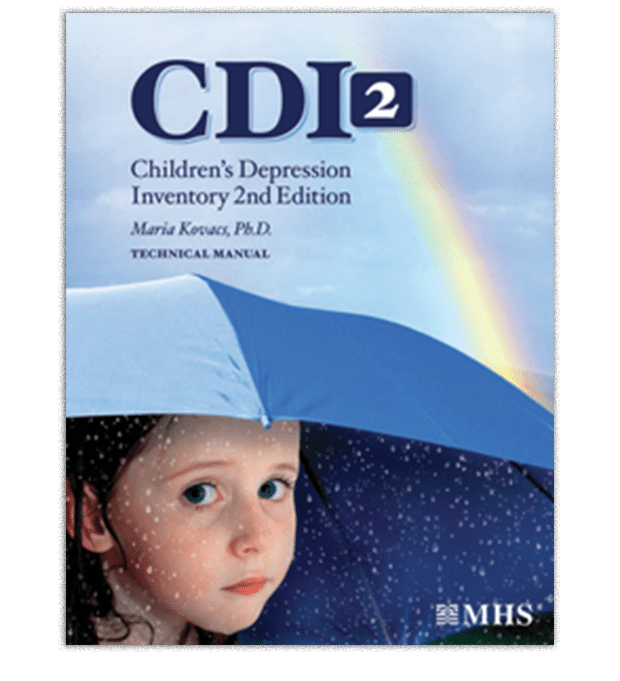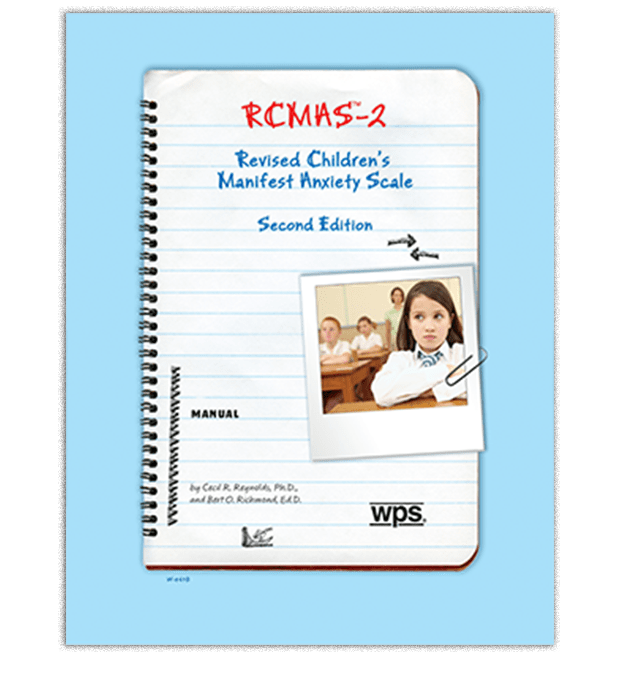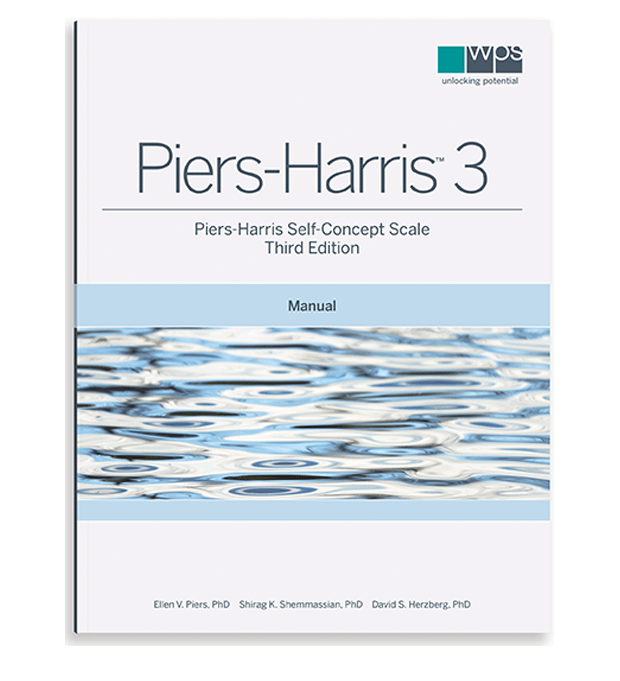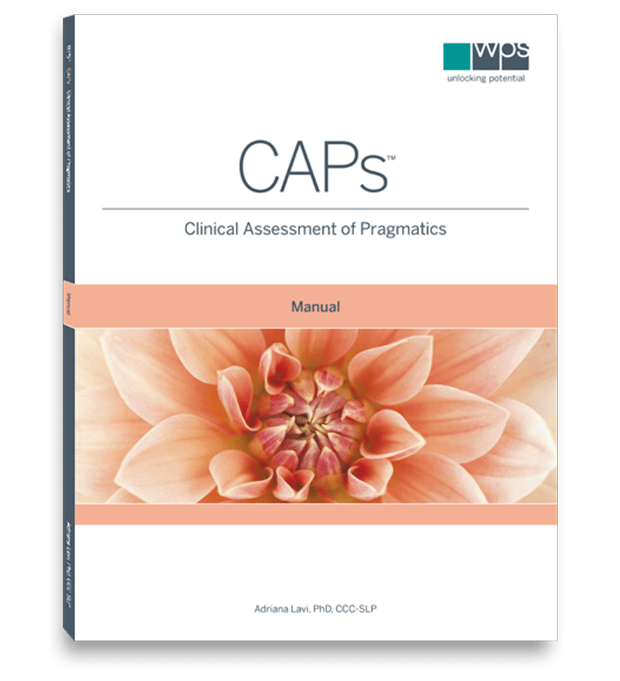Speech–Language Assessment Tool Kit | Tools to Support, Transform, and Understand Oral Language
Language in Early Development
Once an infant shares a meaningful look, points to the dog, makes the sign for “more,” or utters a stream of babbling sounds, the lifelong pursuit of language has begun.
We use developmental milestone checklists to keep track of each new speech and language skill a child learns. But a checklist doesn’t tell us why a skill may not have emerged when we expected it. And a checklist can’t help us intervene to prevent further delays.
That’s what oral language and speech–language assessments are for. They help us delve a little deeper into a child’s language abilities.
We’re pleased to offer this list of speech and language assessments you can use to learn more about a child’s experience of early language:
Learn more about assessing speech and language development:
Download our most popular infographic: Types of Phonological Processes
Case Summary: A Preschool Student Takes the CASL®-2
Background
Cassie is four years, eleven months old. Her parents have shared their concern about her speech and language development. Cassie’s other developmental milestones were typical, but her vocabulary remains limited for her age, and she sometimes has trouble understanding when people converse with her. In preschool, Cassie doesn’t always follow directions, and when she plays with her classmates, we notice, she rarely uses expressive language.
The Team’s Testing Strategy
We administered the Weschler Preschool and Primary Scale of Intelligence, 4th Edition to get a sense of Cassie’s overall cognitive skills. We also administered the Language Comprehension and Oral Expression scales of the Oral and Written Language Scales, Second Edition (OWLS-II). To find out more about Cassie’s language abilities, we administered the Comprehensive Assessment of Spoken Language, Second Edition (CASL-2).
Cassie’s Assessment Results
Cassie’s scores on the Weschler show that her general intelligence and her skill with nonverbal tasks are both in the average range. Her scores on the Weschler vocabulary acquisition index, on the other hand, are in the low average range. On the OWLS-II, Cassie’s listening comprehension and oral expression scores are below average. We selected four tests from the CASL-2 assessment. Here’s what we learned from Cassie’s performance on these scales.
Receptive Vocabulary
This test measures the words Cassie understands when she hears them. Her test examiner reads a word, and Cassie chooses one picture that represents the spoken word. Her score on this scale was 57, which is in the Deficient range, more than two standard deviations from the mean. A score in this range indicates that Cassie hasn’t yet learned about some important underlying concepts and relationships between the words.
Expressive Vocabulary
On this test, Cassie says the word that best completes a sentence the examiner reads aloud to her. She scored 74, which is in the Below Average range. This score shows that Cassie lacks specific word knowledge, or that she has some trouble finding the precise word for the situation. One note: Hearing a whole sentence gave Cassie enough context to boost her performance—a contrast from her response to single words in the receptive vocabulary test.
Sentence Expression
This test tells us how much Cassie understands about syntax (the rules for arranging words in sentences). Her score of 71 is Below Average, which shows she is still learning about how to build words using prefixes, suffixes, and other structures that change a word’s meaning. She is also still developing her knowledge of how to structure sentences, which means she doesn’t always express ideas accurately.
Sentence Comprehension
This test asks Cassie to choose a picture that represents the sentence her test examiner is reading aloud. Cassie scored 77, which falls in the Below Average range. This score indicates that she doesn’t yet know about sentence types or about how words should be arranged to convey the intended meaning. Cassie has difficulty understanding the meaning of a sentence if someone combines words in a way she isn’t familiar with.
When we looked at all the test items together, we learned that Cassie’s knowledge of nouns is better developed than her understanding of verbs and adjectives. We noticed that Cassie has trouble with action words we typically expect a child of her age to understand—words like sleeping, talking, play, and jump. She had no trouble understanding descriptors that show color, such as red and blue, but she hasn’t yet learned words that show the concept of size, such as many and big. Many children Cassie’s age do know size-related adjectives, so this finding concerns us.
When it comes to sentences, Cassie knows how to structure a simple sentence, how to use pronouns, and how prepositional phrases work. Compound sentences are harder for her.
The Team’s Recommendations
Moving forward, we think these strategies will benefit Cassie:
- Let’s consider evaluating Cassie’s auditory processing skills. Her scores on the Receptive and Expressive Vocabulary scales make us curious about Cassie’s auditory abilities. If she is having trouble telling the difference between subtle sounds in words, an auditory problem could be the reason.
- Let’s give Cassie as much contextual information as possible to support her learning. Cassie’s expressive vocabulary is better when she encounters words in sentences rather than on their own. She shows greater knowledge when we provide more information.
- Let’s make a strategic plan to determine the primary educational disability so we can design exactly the supports Cassie needs for her growth in speech and language.
The full case example is available in the manual for the CASL-2.
Language and Learning
When we consider the process of learning to read, most of us think about decoding: linking sounds to letters. But there’s another equally powerful skillset involved. Language comprehension is essential for learning to read. We need background knowledge, vocabulary, a working understanding of language structures, and verbal reasoning abilities. These foundational reading skills enable us to make meaning from the words we decode.When word recognition and language comprehension flourish, learning speeds up. When one is disrupted, learning slows. Researchers have found that having delayed language development puts children at greater risk for reading difficulties and learning disabilities (Price et al., 2022).
And oral language skills are the key to much more than literacy. In every curricular area, students are called on to comprehend lessons, follow verbal instructions, discuss ideas with peers, ask and answer questions. Each of these tasks requires strong oral language skills.
Curriculum-based assessments and statewide achievement tests can answer questions about which skills a student has mastered. But they can’t show us the underlying “why” when a student falls behind. And they don’t address larger questions about a student’s ability to use language to function throughout the school day.
In-depth speech and language assessments can help us with questions like these:
- Who is having difficulty with phonological processing and other pre-reading abilities?
- Who can use language to self-advocate, plan, and navigate the day?
- How can we individualize interventions to build on individual strengths?
- Is a child responding to language or literacy interventions?
Take a moment to explore this list of language, reading, and learning assessments to help you answer some of the most important questions in education.
Learn more about the practical and academic language elements that contribute to school success:
Case Summary: A 3rd Grade Student Takes the OWLS-II
Background
Derrick is one month shy of his 9th birthday, and he’s in the 3rd grade. Previously, he was diagnosed with a communication disorder. Our team has been asked to re-evaluate him to determine whether special education is appropriate and to determine whether he still needs services in written language, social interaction, and following directions, as those areas are specified in his individualized education plan (IEP).
Our Testing Strategy
We administered the Woodcock-Johnson Tests of Cognitive Abilities to document his current academic skills, the Wechsler Intelligence Scale for Children, Fourth Edition (WISC-IV) to give us a sense of his cognitive abilities, and all four scales within the Oral and Written Language Scales, Second Edition (OWLS-II) to help us understand where Derrick may need support in listening comprehension, oral expression, reading comprehension, and written expression.
Derrick’s Assessment Results
Derrick’s scores on the Woodcock-Johnson tests showed that his reading and math skills are typical for a child of his age, but his writing skills are somewhat lower than we might expect to see. His performance on the WISC-IV indicates that his overall cognitive abilities, including reasoning and verbal comprehension, are very similar to other children his age.
The OWLS-II enabled us to get more specific information about areas of strength and need in oral language development. Derrick scored in the Below Average range in three of four scales: listening comprehension, oral expression, and written expression. By contrast, his scores in reading comprehension were in the Average range for children his age. Here’s what we learned from analyzing different types of test items:
Listening Comprehension
When we evaluated how well Derrick understands what he hears, we found that lexical and semantic knowledge are areas of strength for him. He’s skilled at identifying concepts and parts of speech. Similarly, he showed strength in understanding supralinguistic language (language beyond the literal meanings of words, such as figurative language). Where he needs support is in the area of syntactic knowledge; that is, understanding structures that change the meanings of words, such as verb tenses and superlatives (good, better, best).
Oral Expression
When Derrick is responding verbally to test items, he answers lexical/semantic questions accurately most of the time, which confirms for us that this is an area of strength. He also answered 2/3 of the syntactic questions correctly—though he missed a few questions involving passive voice and irregular past tense verbs. One area of oral expression where Derrick had some difficulty was in pragmatic language (the way we communicate in practical or social situations).
Reading Comprehension
Derrick’s reading skills are another area of strength. He answered correctly on 75% of the test items involving lexical/semantic knowledge, and he responded correctly on over 55% of the items that measured his syntactic and supralinguistic knowledge.
Written Expression
Writing tasks seemed to stress Derrick. He told the team, “I really don’t like this.” He took longer than most to complete the test, and he seemed genuinely fatigued afterward. Overall, he seemed to have difficulty organizing his writing, and we noticed numerous errors in spelling and punctuation. We also noticed that he kept his sentences simple, limiting details.
The Team’s Recommendations
Derrick responds differently to information he hears vs. information he reads. Given the strengths and needs shown in assessments, we recommended a variety of supports in our full report.
Here are a few of them:
- Regularly check Derrick’s understanding of instructions to be sure he is engaged and interacting productively. You may want to ask him to repeat instructions or processes aloud.
- Provide written instructions when possible, and supplement with visual supports like organizers and templates.
- When giving instructions, keep sentences and vocabulary simple.
- Allow Derrick to write using a laptop computer.
- When teaching Derrick, use listening, speaking, reading, and writing so that Derrick can access the information he needs in a way that works for him from day to day.
We also recommend further testing, because it’s possible some of Derrick’s needs may be related to attention differences. We also think it’s a good idea to administer an oral language test such as the Comprehensive Assessment of Spoken Language, Second Edition (CASL-2) to find out more about Derrick’s strengths and needs in semantics and syntax.
The full case example is available in the manual for the OWLS-II.
Language, Emotion Regulation, and Mental Health
Childhood is full of big feelings. To name emotions, talk about them, and keep them in check takes strong language skills. When a language difference or disorder is part of a child’s lived experience, dealing with emotions can be an even bigger challenge.
Research shows that children with language difficulties often have more trouble naming and regulating their emotions. They may find it harder to tell their stories, ask for what they need, or recognize the emotions other people are experiencing. And they may even cope with depression or anxiety as a result of language difficulties.
In a study published in the International Journal of Language & Communication Disorders, researchers interviewed children with language disorders about their experiences. Their concerns fell into four categories:
- Students said they felt inadequate when they compared themselves to others.
- Many felt they were misjudged or misunderstood because of their language skills.
- Students said it was important to feel safe and comfortable in their surroundings.
- They pointed out that their comfort level and language functioning varied depending on the context (Ekström et al., 2023).
Clinicians and educators can pair language assessments with trusted psychological assessments to explore the two-way relationship between language abilities and mental health.
- We can see how depression and anxiety may be affecting a child’s cognitive or communication skills.
- We can look for the connections between language, mental health, and behavior difficulties.
- We can identify what’s causing a student’s loss of motivation.
- We can determine where a student’s self-concept may be affected by their language skills or by bullying, social isolation, or body image.
Here are some of the assessment tools you can use to clarify communication and identify mental health conditions in children and teens:
Learn more about assessing oral language as part of an overall mental health strategy:
Case Summary: A High School Student Takes the OPUS™
Background
Kami is 15 years old and in the 9th grade. When she was in 3rd grade, she was diagnosed with expressive-receptive language disorder. Today, her IEP needs to be updated, so the team has decided to re-evaluate her language skills. As part of this process, we spoke with her teachers and parents, who reported that Kami has trouble comprehending verbal instructions, and she has difficulty expressing her ideas verbally and in writing. Kami receives 8-10 hours of language services weekly.
The Team’s Testing Strategy
We administered the Weschler Intelligence Scale for Children, Fourth Edition (WISC-4), the Oral and Written Language Scale, Second Edition (OWLS-II), and the Oral Passage Understanding Scale (OPUS). Our key objective is to find out how Kami’s listening comprehension compares to her peers’ so we can plan interventions in any areas where she is having difficulty. We’ve chosen the OPUS because the passages reflect the kinds of texts she’s likely to encounter in class.
Kami’s Assessment Results
Kami’s scores on the WISC-4 are in the average range. That tells us that her intelligence isn’t limiting her ability to comprehend what she hears. By contrast, her OWLS-II listening comprehension (79) and oral expression (81) scores are in the Below Average range. Kami’s standard score on the OPUS is 82, which also falls in the Below Average range.
What we learned from the OPUS is that Kami had the most trouble with passages that presented her with unfamiliar information or with figurative language. When we reviewed her responses, we found that Kami has a comparatively strong recall ability; she remembers key details and meaningful information. She didn’t perform as well when she was asked to interpret information or infer something that wasn’t stated explicitly in the passage. Her vocabulary knowledge is strongest when she’s asked to define words; naming synonyms is more challenging for her.
The Team’s Recommendations
Using the OPUS in concert with the OWLS-II and an intelligence measure enabled us to make some specific recommendations for Kami’s IEP. Here’s what we think would serve her well moving forward:
- Kami mentioned that there were several times during testing when she wanted to ask us to repeat something. For that reason, we recommend that Kami’s parents and teachers be prepared to repeat instructions to give Kami additional opportunities to process the information.
- Kami’s current educational supports should remain in place going forward. Her assessment results indicate that she still needs them to continue to work at her current level.
- In terms of interventions, we recommend that Kami’s teachers focus on building her vocabulary skills, in addition to providing opportunities for Kami to practice analyzing abstract texts and passages.
The full case example is available in the manual for the OPUS.
Language and Social Skills
Social communication may be the most meaningful speaking and listening we do—yet we spend comparatively little time learning skills like these:
Social skills like these are sometimes called pragmatic language. Pragmatic language helps us navigate the practical demands of the school or workday. It enables us to participate fully in sports and activities. And perhaps most important, it helps us build the friendships that sustain us throughout our lives.
For some children, social communication is challenging. Children with language disorders, for example, encounter “barriers to the quantity and quality of their social interactions” (Jensen de López et al., 2021). Children with some neurodevelopmental conditions may also have some difficulty with pragmatic language.
WPS offers these assessment tools to support your students in their social emotional learning:
Learn more about pragmatic language and social skills with these WPS resources:
- Unraveling the Complexities of Pragmatics
- Pragmatics: 6 Constructs of Formal Assessment
- The Power of Pragmatics: How to Assess 6 Essential Communication Skills
Camouflaging Language Needs
Camouflaging is a term that refers to behaviors, strategies, and other efforts to minimize, mask, or compensate for neurodivergent characteristics. Sometimes people are aware they’re using camouflage techniques. Sometimes they do it subconsciously or habitually.
Why might someone camouflage? Perhaps success in school or relationships depends on it. Perhaps their environment doesn’t offer support or acceptance for people with some kinds of differences. Or perhaps they just want to fit in, to look and act like the people around them.
We hear most about camouflaging with autistic individuals, or with people who have ADHD. Increasingly, researchers are finding that people with language disorders also camouflage their differences.
What strategies and behaviors are common camouflage techniques? Researchers Hannah Hobson, DPhil, and Annabel Lee identified these 8 tactics in a study published in Communication Disorder Quarterly:
- Conversational tools. Students may develop short scripts, divert conversation to topics where they have more knowledge and vocabulary, or use certain words and phrase to close a conversation, such as “I understand,” “I agree,” or “I’m just tired today.”
- Reliance on other people. Children may look to parents, caregivers, or friends to “scaffold” their communication. A child might ask a parent to explain something for him, for example. Or a child might pause, waiting for someone else to supply words they don’t know or regularly use.
- Avoidance. A student with language difficulties might prefer to play alone, might leave interactions where communication was beyond their skill level, or might opt for activities where language demands were less intense.
- Prosocial behaviors. Likeability goes a long way in social situations. Smiling, nodding, agreeing, appearing to be engaged in class, and using humor can be useful ways to deflect attention away from language needs.
- Nonverbal behaviors. In addition to smiling and nodding, children with DLD may gesture, point, or use their phones to supplement their word use or to buy themselves some extra time when responding.
- Disruption. When language tasks are too challenging, children with DLD sometimes get silly, act out, or use disruptive behaviors to distract others, change the direction of an interaction, or avoid assessments or tasks where language is an issue.
- Copying. Neurodivergent people can be skilled observers of human behavior. They may pay close attention to the speech, writing, or behavior of people around them so that they can learn or imitate it.
- Cognitive skills. Sometimes, children with DLD lean on their other cognitive abilities to compensate for gaps in their language abilities. They may look for visual cues in a classroom, decode words while reading, or ask for help from peers or caregivers when working on tasks that challenge their language skills.
Camouflaging may look or feel like an effective way to get through the day, but the costs are high for students with language differences. Camouflaging can be so effective that it prevents or delays the identification of a language problem—which means students don’t get the intervention and support they need. And camouflaging is emotionally and mentally draining. It takes a toll on personal peace and mental health.
When caregivers, educators, and clinicians learn what camouflaging looks like, they may be able to spot the strategies in action. That could lead to earlier identification and greater support for students with language differences.
Language Disorders, Delays, and Differences
Human diversity is a beautiful thing. And language is one of many areas where people stand out as individuals and reflect the nuances of their cultures.
When it comes to language differences, it’s important to be able to distinguish between these factors:
- Regional or cultural language varieties
- Mistakes related to learning a new language
- Indications of delayed speech or language development
- Patterns common in speech and language disorders
|
A language difference may exist if a child is using grammar or pronunciation that differs from the patterns of a secondary language but is consistent with the features of the child’s primary language. A language disorder may be present if a child exhibits discrepancies in language skills across all spoken languages. |
Few assessments are optimized for multilingual students. For that reason, misdiagnosis is more common in children who are learning more than one language, or who speak in a regional or cultural language variety. To help you make sense of the language characteristics you’re assessing, here’s some expert guidance from researchers and scholars in the field of language difference:
- Standardized assessments can provide you with valuable information about areas of strength and need across multiple domains; however, when you’re evaluating multilingual students, it’s important to take a culturally responsive approach to speech and language evaluation.
- You may want to consider a process known as conceptual scoring. If a student gives an incorrect response, you can give the child a chance to respond in the non-target language before final scoring (Karem & Washington, 2021).
- Strategically modified scoring is another approach some researchers recommend when working with children who speak with a dialect. Using this strategy, you might not score test items that yield a dialectal variation from the general English response. Researchers note that this method tends to have higher levels of sensitivity and specificity than other methods when it comes to distinguishing typically developing dialectal speakers from dialectal speakers with developmental language disorder (Karem & Washington, 2021). In a 2020 survey involving 247 speech–language pathologists, modified scoring of standardized assessments was the most commonly reported adaptation used when working with students who spoke African American English (Hendricks & Diehm, 2020).
- When assessing for speech sound disorders in multilingual students, you may be able to improve the accuracy of your evaluations by using composite scores on measures of phonological ability, rather than scores on single measures (Fabiano-Smith et al., 2021).
- To get a better sense of whether speech sounds are well-developed in children who speak other languages or language varieties, you may want to consider comparing children’s speech with that of adults who speak the same language or variety (León et al., 2022). You may even be able to compare a child’s responses with the responses of a parent in a parent-child comparative analysis (Karen & Washington, 2021). Such an analysis could give you a window into home language influences.
- You may want to partner with an interpreter fluent in the child’s primary language. Such an expert can familiarize you with word structures, syntax, and vocabulary in the child’s primary language. This is especially important since morphosyntax and vocabulary are areas of difference frequently highlighted in assessments. These areas are featured in around 80% of intervention goals designed by speech–language pathologists for children with DLD (Selin et al., 2019).
- American English is not a unitary language; what is correct in one region or population may be an error in another. Each language variety is governed by its own rule systems. If you often assess students who speak a particular language variety, it’s a good idea to learn the key features of the language variety so you can avoid penalizing a student for rules-based discrepancies between language variations.
- It’s also important to be aware of the extra cognitive load an assessment may place on students whose primary language is different than that of the test. For some bilingual students, the demands of double language learning lead to some impressive cognitive advantages, such as increased working memory, divergent thinking skills, and attention control (Yang, 2017). For others, the demands may lead to greater anxiety. Researchers point out that foreign language listening anxiety is “a distinct set of feelings of tension, apprehension, and nervousness limited to the language learning situations” (Li et al., 2023).
- Most experts recommend assessing bilingual students in both languages—even though it can be challenging to combine test results. Some researchers first test to determine which language is dominant. It’s important to note that a child may have mixed performance, scoring higher in one domain in a primary language, and higher in other domains in a secondary language. There’s some evidence that bilingual elementary school-age children with DLD typically have more trouble with morphosyntactic structures—so it’s a good idea to select assessments that measure those skills (Peña et al., 2020).
- Be aware that there may be some overlap between language difference and language disorders. Multilingual students can also have a language delay or disorder. A comprehensive language evaluation may help you determine whether an error is related to a disorder or to the process of learning a new language.
Learn more: Assessing for Dyslexia in English Learners: 10 Questions to Consider
“
An Invitation
The language of childhood is complex and powerful.
Whether it is spoken, written, or expressed with signs, movement, and art, language is the basis for learning of all kinds. It shapes people’s achievements and their relationships for their whole lives. Looking through the lens of language, we can discover so much more about our children and the futures they are building.
We invite you to explore the many speech and language tools WPS offers to help you understand and communicate with the extraordinary children you serve.
Research and Resources:
Bruinsma, G. I., Wijnen, F., & Gerrits, E. (2024). Communication in daily life of children with developmental language disorder: Parents' and teachers' perspectives. Language, Speech, and Hearing Services in Schools, 55(1), 105–129. https://doi.org/10.1044/2023_LSHSS-23-00051
Ekström, A., Sandgren, O., Sahlén, B., & Samuelsson, C. (2023). 'It depends on who I'm with': How young people with developmental language disorder describe their experiences of language and communication in school. International Journal of Language & Communication Disorders, 58(4), 1168–1181. https://doi.org/10.1111/1460-6984.12850
Griffiths, S., Suksasilp, C., Lucas, L., Sebastian, C. L., Norbury, C., & SCALES team (2021). Relationship between early language competence and cognitive emotion regulation in adolescence. Royal Society Open Science, 8(10), 210742. https://doi.org/10.1098/rsos.210742
Hendricks, A. E., & Diehm, E. A. (2020). Survey of assessment and intervention practices for students who speak African American English. Journal of Communication Disorders, 83, 105967. https://doi.org/10.1016/j.jcomdis.2019.105967
Hobson, H. M., & Lee, A. (2023). Camouflaging in developmental language disorder: The views of speech and language pathologists and parents. Communication Disorders Quarterly, 44(4), 247–256. https://doi.org/10.1177/15257401221120937
León, M., Washington, K. N., McKenna, V. S., Crowe, K., & Fritz, K. (2022). Linguistically informed acoustic and perceptual analysis of bilingual children's speech productions: An exploratory study in the Jamaican context. Journal of Speech, Language, and Hearing Research, 65(7), 2490–2509. https://doi.org/10.1044/2022_JSLHR-21-00386
Li, K., Qin, X., Ji, S., & Zou, L. (2023). The effects of general listening anxiety and listening test anxiety on self-perceived listening performance among Chinese English learners. Psychology Research and Behavior Management, 16, 3541–3560. https://doi.org/10.2147/PRBM.S422030
Orrego, P. M., McGregor, K. K., & Reyes, S. M. (2023). A first-person account of developmental language disorder. American Journal of Speech-Language Pathology, 32(4), 1383–1396. https://doi.org/10.1044/2023_AJSLP-22-00247
Peña, E. D., Bedore, L. M., Lugo-Neris, M. J., & Albudoor, N. (2020). Identifying developmental language disorder in school-age bilinguals: Semantics, grammar, and narratives. Language Assessment Quarterly, 17(5), 541–558. https://doi.org/10.1080/15434303.2020.1827258
Price, K. M., Wigg, K. G., Misener, V. L., Clarke, A., Yeung, N., Blokland, K., Wilkinson, M., Kerr, E. N., Guger, S. L., Lovett, M. W., & Barr, C. L. (2022). Language difficulties in school-age children with developmental dyslexia. Journal of Learning Disabilities, 55(3), 200–212. https://doi.org/10.1177/00222194211006207
Weadman, T., Serry, T., & Snow, P. C. (2023). The oral language and emergent literacy skills of preschoolers: Early childhood teachers' self-reported role, knowledge and confidence. International Journal of Language & Communication Disorders, 58(1), 154–168. https://doi.org/10.1111/1460-6984.12777
Yang E. (2017). Bilinguals' working memory (WM) advantage and their dual language practices. Brain Sciences, 7(7), 86. https://doi.org/10.3390/brainsci7070086

